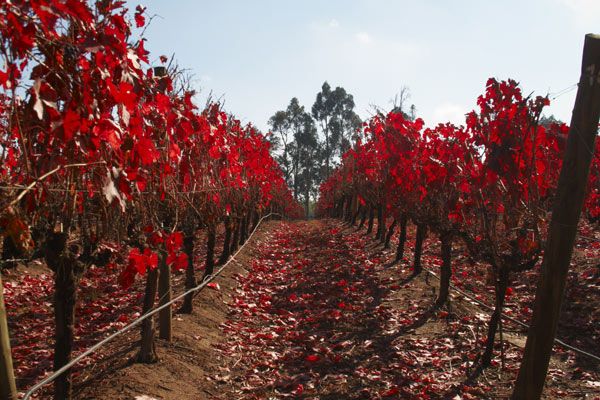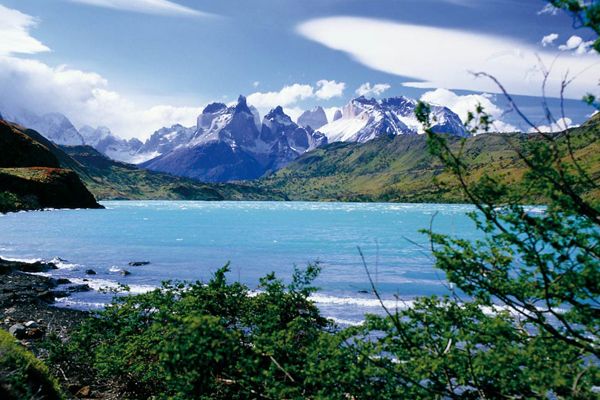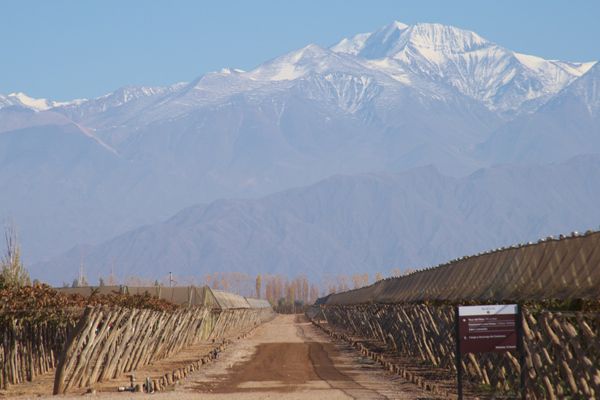Two of the leading 'New World' wine producers, Chile and Argentina, may be separated by the soaring Andes, but they are united in their production of exceptional wines. Despite the long Latin American history of wine production, until recently their wines had only been produced for domestic consumption.
But the last two decades have seen the popularity and production of Argentine and Chilean wines increase globally. Grapes are not in fact native to the Americas.
They arrived along with thirsty Spanish missionaries in the 16th century and were grown to assist them in celebrating the Catholic mass, and wine was soon in demand for more than its spiritual uses. The ever-increasing European influences and tastes meant that continental style wineries soon popped up on the outskirts of cities.
Nowadays the viticulture in both countries is thriving. Fertile soils, varying altitudes, Eden-like climates, local expertise and passion make for a grape grower's paradise. The wine production in Argentina and Chile is in a constant state of evolution.
They are firmly located in experimental wine territory: grape varieties are constantly being improved and rediscovered, much to the delight of wine drinkers worldwide. The unique geographies combine cool coastal stretches, the Andes, the Pampas plains, Patagonian ice fields and the Atacama Desert – and provide ideal conditions for a broad variety of grape growing.
Great grapes Argentina is best known for its Malbec and has earned the country its worldwide wine acclaim. The deep, inky red grape originated in France but is now mainly associated with Argentina. Its intense flavour and velvety texture make it one of the country's most popular exports.
The ever-popular Cabernet Sauvignon is Chile's star grape. The tough skinned, dark ruby red grape is one of the smaller varieties but it makes up for its size with its punchy flavour. A versatile wine – ranging from fruity and subtle in flavour to fuller bodied with plenty of wow factor, 'Cab Sav' ticks most boxes.
Hotspots Mendoza is one of Argentina's most important wine producing regions that accounts for approximately two thirds of their wine production. Home to more than a thousand wineries, winelovers can rent bikes and cycle from one to another, enjoying a fascinating insight into the journey of the grape, from vine to glass.
Visitors to the bodegas are encouraged to get up close and personal with the barrels, grapes and processes during tours and of course to get involved with the sumptuous tastings that follow. Cross the border to Chile and head for the Maipo Valley region, the area surrounding the capital, Santiago. Drier and cooler than other regions, it provides an ideal climate for the growing of Cabernet Sauvignon.
Historically Maipo is one of Chile's most important viticulture regions with some of the continent's first wine production having taken place here. Wine and food tour specialist BKWine have recently added Chile and Argentina to their list of wine tour destinations. More information can be found at: bkwinetours.com











